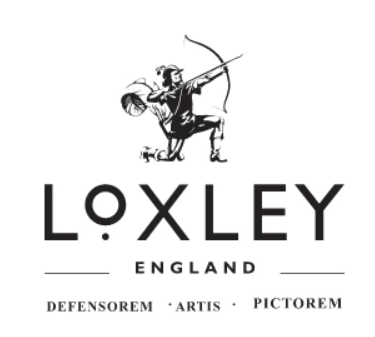Kerry Newell: Wildlife Artist

Question: Can you tell us about yourself/your artistic background and education?
Artist: Born in 1966 in rural Leicestershire, a time and a place where childhood could be lived to the full. I guess as a youngster I was a bit of a loner, preferring the company of my canine companions over that of my peer group. I, like my father before me, had a deep-seated love of the natural world and an uncanny way of capturing my surroundings on paper. My mum has always said that from around the age of four I could always be found somewhere in our garden (a large wildlife-friendly haven) interacting with the wildlife and drawing what I found. Later, from around the age of seven I was given the freedom of the fields beyond the bottom of our garden, always with a canine companion or two in tow.
So really I have never known (remembered) a time in my life when I haven’t felt the need to record, for want of a better word, my surroundings. With time, slowly but surely honing my skills, always striving for a better understanding of the natural world and a more accurate portrayal within my art.
Having been, as some would say, self-taught, I never felt the need or desire to a pursue a more formal art education. I felt then, and still do now, that nature patience and practise are all I need. Art is definitely part of who I am, intrinsically woven into my DNA, therefore I try to set aside a little time even on the busiest of days to simply relax and create.
Question: Can you take us through the process that you go through to complete your masterpieces?
Artist: When you live a creative life dependent upon the natural world every moment is a Kodak moment so to speak. Therefore inspiration can come in a variety of ways. Sometimes it may be sparked by a book I’m currently reading, sometimes by sights and sounds while out walking and very often by scrolling through my many digital photos I’ve taken over the years. Once I’ve an idea I like to do a few simple thumbnail sketches either traditionally or digitally. These small scribblings allow me to play with composition, being small means they’re quick and so not too precious to erase and start again etc.
From an initial sketch I then redraw my idea, this time correcting proportions, finalising composition and nailing down lighting etc. Once completed I transfer this sketch to my surface of choice i.e. paper, canvas dependent on the medium and then begin creating the actual painting.
Being ‘self-taught’ I do tend to use all of my mediums in similar ways. Preferring to work in lighter layers of washes, building a tonal map, then applying glazes and details towards the end.
Question: What is it about wildlife/animals that draws you to paint them?
Artist: Wildlife, flora and fauna, of all description is just simply fascinating to me. As a child our garden was filled with wildlife, a large pond was home to frogs toads and newts. Grass snakes were regular visitors as were the numerous species of butterflies and dragonflies. I honestly can’t pinpoint one thing about nature that inspires me so, I guess that with nature there are always more questions than answers, nature’s beauty has no parallel, so just attempting to capture a moment in the life of a creature that shares this planet with us is a privilege and sometimes a creative challenge too.
Question: Throughout your time painting what has been the most important thing you have learnt?
Artist: For me personally the most important realisation during my art journey is that perfection will never be reached. Knowing this takes away the pressure. This is something I like to share with my students when teaching. Forget ‘practise makes perfect’, instead remember that ‘practise makes progress’.
Question: What are your most important tools you use to create your masterpiece?
Artist: Working in a realistic style means that proportional anatomy is key. So whether I’m drawing a plant, an insect, a reptile, bird or mammal quality reference material is a must. This can be in the form of photographs taken by myself or field sketches, but normally comprise of both.
Question: What are your future plans, and how do you see your career as an artist’s developing?
Artist: My future plans include completing a book I’m currently working on. The publisher who invited me to create this book has unfortunately passed away but I will complete the book anyway.
I’ve been invited to lead art based holidays in Africa and Estonia, however these plans had to be put on hold due to the global Covid pandemic. This is still something I’m planning to do in the not too distant future. Art twinned with conservation is something close to my heart.
I’d like to carry on building my YouTube channel, hopefully inspiring others to be creative, as well as teaching in person once again (this also had to stop due to Covid).
As for my own art – I’ll carry on doing what I love the most, spontaneously creating when inspired and enjoying the journey for as long as it lasts.
Life is a privilege and a life spent creating is a blessing.


![How to Varnish a Painting [Professional Tips]](http://loxleyarts.com/cdn/shop/articles/how-to-varnish-a-painting_c34f75bb-5279-4b2b-9e74-50950931776d.jpg?v=1762921912&width=1080)
